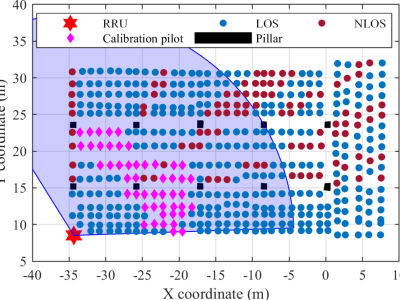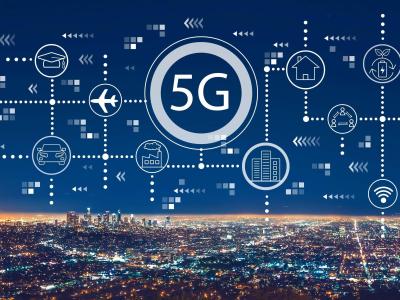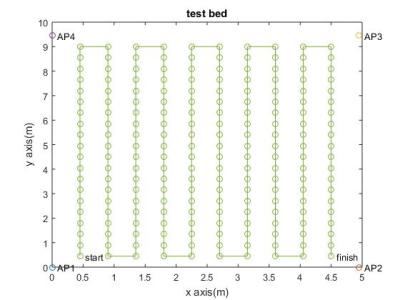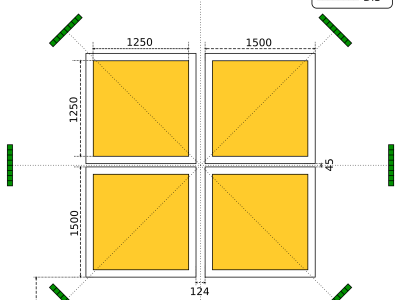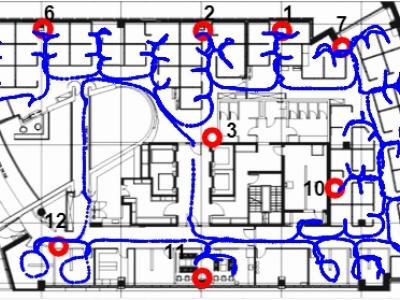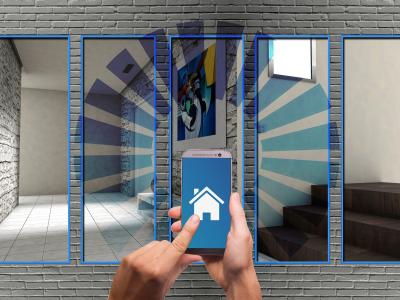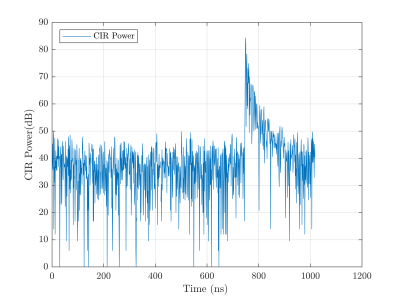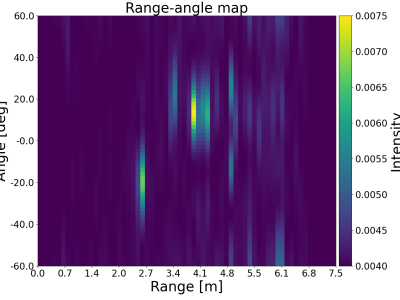
In our work, we propose an innovative system to accurately infer and track occluded target locations using mmWave beat frequency signals. Our approach combines a classic direction-finding method with advanced deep learning techniques, specifically a convolutional neural network (CNN), to enhance detection capabilities. The dataset includes raw beat frequency signal data from the TI IWR6843ISK rev B with TI mmWAVEICBOOST and the TI DCA1000EVM capture board. Corresponding ground truth data (target position) from the Realsense L515 RGB-D camera is also provided.
- Categories:
